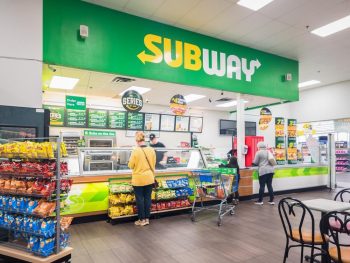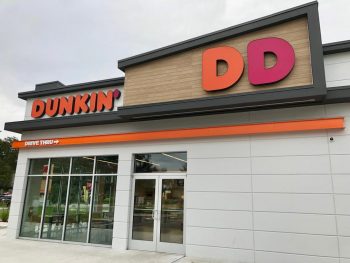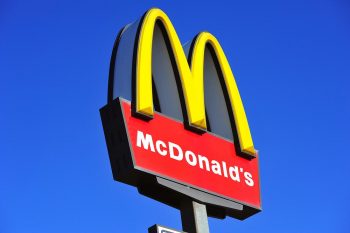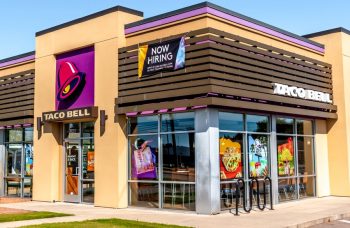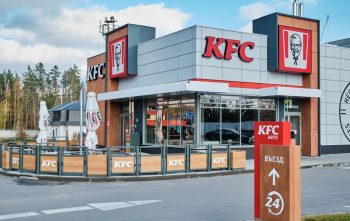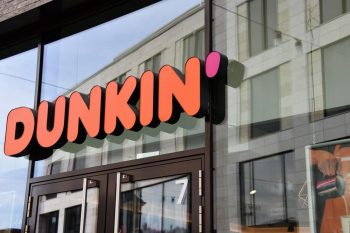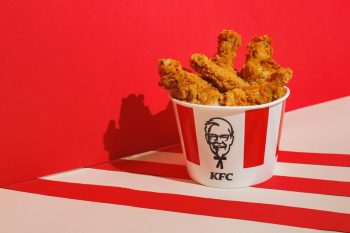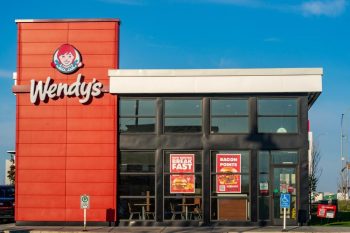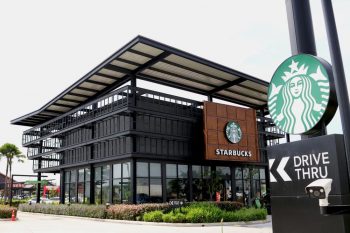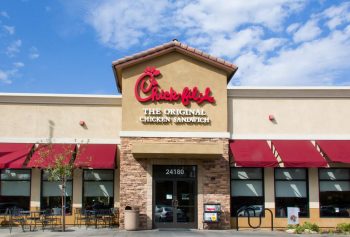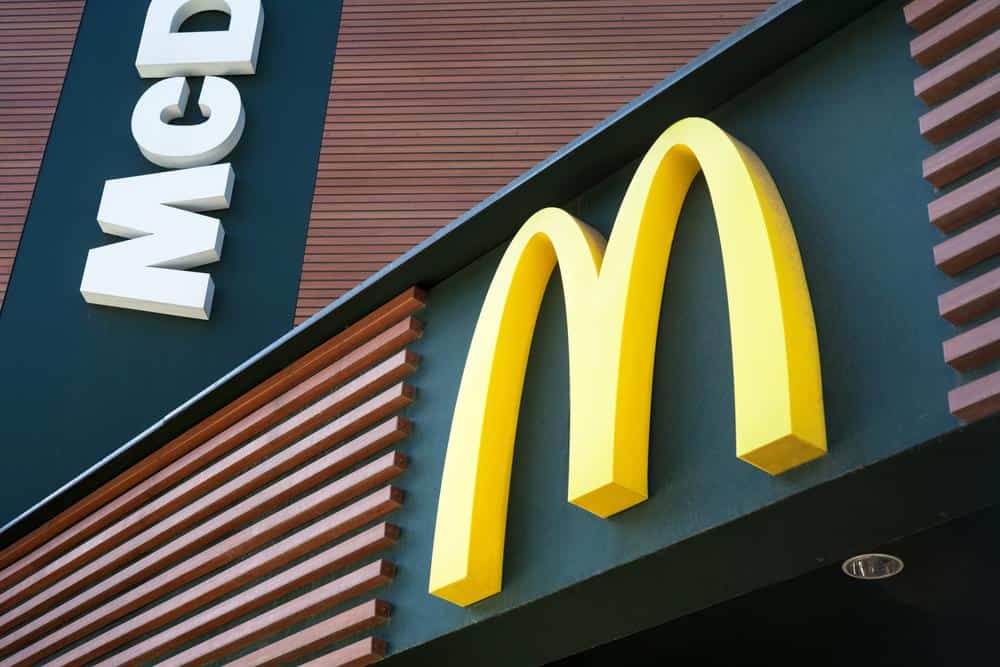
McDonald’s, the world’s largest restaurant chain by revenue, has become a global symbol of American fast food. Its ubiquity and popularity have made it a household name, but many people may not know why McDonald’s is a corporation. This article delves into the reasons behind McDonald’s corporate structure, its history, and how it impacts its global operations.
McDonald’s is a corporation primarily to facilitate rapid growth and expansion through franchising. The corporate structure allows McDonald’s to maintain consistency and standardization across all outlets, efficiently manage and control its global operations, and share the risks and rewards of business opportunities with its franchisee-members, management, and shareholders. It also helps McDonald’s to navigate its financial and legal responsibilities while maintaining a strong global brand presence.
The History of McDonald’s as a Corporation
The journey of McDonald’s from a single restaurant to a global corporation began in 1940 when brothers Richard and Maurice McDonald opened their first restaurant in San Bernardino, California. Initially, it was a drive-in with a large menu and carhop service. However, in 1948, they simplified their business model, focusing on a small menu with quick service.
Ray Kroc, a businessman who became a franchise agent for the McDonald brothers in 1954, played a pivotal role in transforming McDonald’s into a corporation. Kroc’s vision was to make McDonald’s the number one fast-food chain in the country. In 1955, Kroc opened the first restaurant for McDonald’s System, Inc., a predecessor of McDonald’s Corporation, in Des Plaines, Illinois. By 1958, McDonald’s Corporation had 34 restaurants, and by 1959, it had 102. In 1961, Kroc bought out the McDonald brothers for $2.7 million, acquiring the rights to their company and laying the groundwork for McDonald’s corporate status.
Why Did McDonald’s Become a Corporation?
The founders of McDonald’s chose the corporate business structure primarily to facilitate rapid growth and expansion through franchising. McDonald’s effectively invented the modern franchise model, which allowed its franchisee-members, management, and shareholders to share the risks and rewards from the discovery and exploitation of new business opportunities. This model enabled rapid growth and expansion into new markets.
Moreover, the corporate structure enabled McDonald’s to maintain consistency and standardization across all outlets. Ray Kroc believed that providing a consistent experience in terms of food quality, speed of service, preparation methods, environment, and cleanliness was crucial for repeat business. The corporate structure allowed McDonald’s to implement and enforce these standards across its franchise network, ensuring that customers would have a similar experience at any McDonald’s restaurant worldwide.
How Being a Corporation Benefits McDonald’s
Being a corporation offers several benefits to McDonald’s, including:
- Efficient Management and Control: McDonald’s corporate structure, divided by geographical location, allows it to manage and handle the company’s global operations effectively.
- Franchising Model: McDonald’s successful franchising model enables the company to expand rapidly and maintain consistency across its many franchises and locations around the world.
- Global Expansion Strategies: McDonald’s has successfully tailored its expansion strategies in various countries, demonstrating its adaptability and sensitivity to local cultures and tastes.
- Strong Brand Presence: McDonald’s has built a powerful brand presence worldwide, making it one of the most recognizable franchises globally.
How Being a Corporation Affects McDonald’s Financial and Legal Responsibilities
As a corporation, McDonald’s is subject to various financial reporting and management accounting requirements. It must comply with laws and regulations, maintain ethical business practices, respect human rights, and uphold good corporate governance.
McDonald’s corporate officers and directors have oversight duties, which may differ in scope depending on their roles within the company. The company’s Board of Directors is entrusted with the oversight of its business affairs and assets.
Conclusion
In summary, McDonald’s transformation into a corporation has been key to its success and global expansion. The corporate structure has facilitated growth through franchising, maintained consistency and standardization, and allowed McDonald’s to adapt to local markets effectively. As a corporation, McDonald’s has navigated its financial and legal responsibilities, contributing to its standing as a global leader in the fast-food industry.
Frequently Asked Questions
Who was Ray Kroc before he joined McDonald’s?
Before joining McDonald’s, Ray Kroc was a Multimixer milkshake machine salesperson. It was through this job that he came into contact with the McDonald brothers, who were using eight of his machines in their San Bernardino store. Kroc saw the potential for expansion and proposed the idea of franchising to them.
What is a corporation?
A corporation is a type of business structure that is legally separated from its owners. It has the ability to enter into contracts, loan and borrow money, sue and be sued, hire employees, own assets, and pay taxes. It is an entity that is recognized by law as having its own rights and responsibilities, separate from those of the people who own or manage it.
What is the role of McDonald’s Board of Directors?
The Board of Directors at McDonald’s is responsible for overseeing the company’s overall business affairs and assets. This includes setting the company’s strategic direction, providing oversight of financial and operational performance, and ensuring ethical business practices are upheld.
What is franchising?
Franchising is a business model where a business owner (the franchisor) grants a license to a third-party individual or company (the franchisee) to conduct business using the franchisor’s brand and business model. The franchisee pays an initial fee and ongoing royalties to the franchisor. In return, the franchisee gets the use of the franchisor’s brand, full operational support, and access to a proven system of doing business.
How does McDonald’s adapt to local cultures and tastes?
McDonald’s adapts to local cultures and tastes by introducing menu items that cater to the local palate. For example, in India, where a large proportion of the population is vegetarian, they offer the McAloo Tikki burger, a potato and peas patty burger. In Japan, they offer the Teriyaki McBurger, and in the Middle East, they offer the McArabia, a grilled chicken sandwich with Arabic bread.

